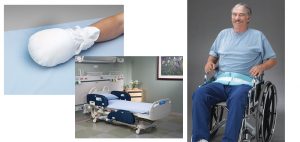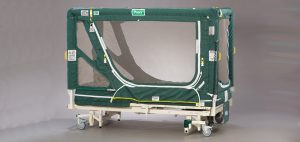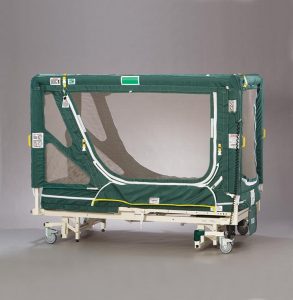Few things cause as much angst for a nurse as placing a patient in a restraint, who may feel his or her personal freedom is being taken away. But in certain situations, restraining a patient is the only option that ensures the safety of the patient and others.
As nurses, we’re ethically obligated to ensure the patient’s basic right not to be subjected to inappropriate restraint use. Restraints must not be used for coercion, punishment, discipline, or staff convenience. Improper restraint use can lead to serious sanctions by the state health department, The Joint Commission (TJC), or both. Use restraints only to help keep the patient, staff, other patients, and visitors safe—and only as a last resort.




